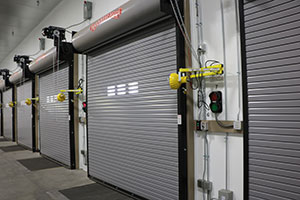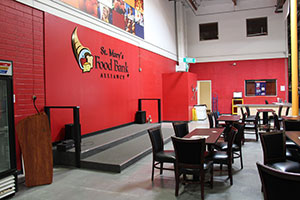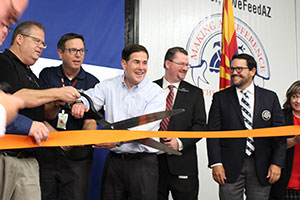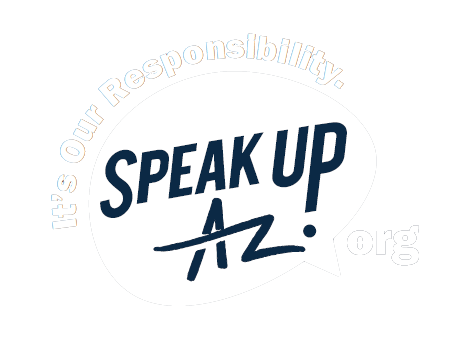Expanding Local Food Banks to Help Those in Need
The DES Coordinated Hunger Relief Program contracts through three regional food banks, St. Mary’s Food Bank Alliance, United Food Bank and Community Food Bank, who, in turn, work with more than 500 distribution sites to provide food boxes through the Emergency Food Assistance Program (TEFAP) and the Commodity Senior Food Program (CSFP).
The Department of Economic Security and the Association of Arizona Food Banks partner to collect food that
are ordinarily thrown away due to market conditions. This food is then provided to Arizonans in need.
In its FY19 budget, the State made a $1 million investment to support the vital missions of Arizona’s food banks. The budget included an increase in one-time funding for capital equipment, materials, and supplies to increase the capacity of Arizona’s food bank network to accept, distribute, store and serve more farm-fresh produce. This investment will enhance the health and nutrition of Arizonans in need, enable Arizona farmers to donate more of their tax-deductible produce that cannot be sold, and keep nutritious foods out of landfills.
The increased capacity includes purchases to expand refrigeration storage capability at food banks statewide, as well as refrigerated vehicles for transport.
St. Mary’s Food Bank Alliance

St. Mary’s Food Bank Alliance began its expansion project earlier this year when it redesigned its entire warehouse. The cooler was expanded to 56,000 square feet from 32,000, allowing it to hold more than double the amount of pallets held previously. To combat the Arizona climate, the food bank also enclosed the trucking area and refrigerated seven out of twelve docks, keeping food fresh and cool while the trucks are unloaded.

The volunteer area at St. Mary’s will also be remodeled to show appreciation for current volunteers and encourage more participation throughout the year. It was moved and modified with safety in mind, and air conditioning was installed.
Last year, St. Mary’s Food Bank took in 87 million pounds of food. With the new facility, the organization anticipates it can now take in more than 100 million pounds.
United Food Bank

United Food bank unveiled the installation of a new 2,400 square foot refrigerator with a ribbon cutting led by Governor Ducey on August 15, 2018. The new refrigerator will give United Food Bank the ability to store more food to help serve nearly 225,000 people in need. The expansion will give UFB the capacity to distribute 2-3 million additional pounds of fresh produce and dairy products.
Community Food Bank
Community Food Bank is in the process of renovating its main facility to double the fresh produce cooling capacity within the building’s existing footprint. The plan is to install a two-story variable temperature multi-zone cooler and freezer units. In addition, it will be adding produce wash stations.
Similar to St. Mary’s, Community Food Bank is planning to revamp the volunteer area where food is boxed and bagged, providing a more efficient layout and user-friendly experience. In addition, there is a food pantry located in the main warehouse facility where 9,000 clients receive services each month. With comfort of clients awaiting services in mind, Community Food Bank will upgrade the space.
The organization acquired and distributed 31 million pounds of fresh produce to families across Arizona last fiscal year. This is a vast increase from the 8 million pounds distributed just three years ago. Staff are excited to start the expansion project, which will serve even more Arizonans.
Association of Arizona Food Banks (AAFB)
A total of $500,000 will be distributed to the Association of Arizona Food Banks to support the food bank network. AAFB will award grants through a competitive bid process to Regional Food Bank Agency partners in the state to help them assist the hungry by increasing their capacity to accept, distribute, store, and serve more farm-fresh produce.
Impact
In State Fiscal Year 2018, more than 164 million pounds of produce was distributed through the Emergency Food Assistance Program. With additional funding from the State’s FY19 budget, regional food banks will have the capacity to hold more food to serve more Arizonans in need.
For more information on food assistance, visit the DES website.
By Isabella Neal

